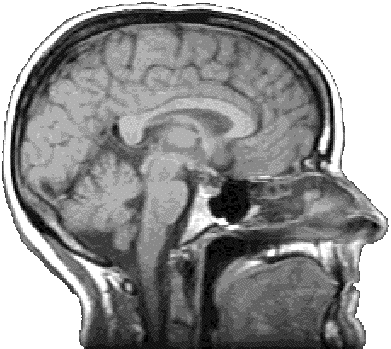
|
Project Overview
- How does the evolutionary process of trial-and-error
combinatorics produce the physiological functions that
provide the feedback of an appropriate behavior in
the environment?
- In other words, how does the neural circuitry, such
as reflex circuitry, form from the behavioral appropriateness
in the environment? How does this "appropriateness" get
inherited in the next generation in the evolutionary
process?
Rationale
- Inherited traits are adaptations that are similar
to adaptation in learning, yet the mechanisms for establishing
the adaptation is totally different.
- Inheritance is based on a feedforward system whereas
learning is based on a feedback system. Our goal is
to find the similarities and differences between the
two mechanisms of adaptation.
Research Objectives
- We will compare and contrast the difference between
the feedback and feedforward systems, and identify
how the feedback system in physiological adaptation
interacts with the feedforward system in inheritance.
Specific Goals
- Determine what are the crucial factors for switching
from modifiable adaptive learned system to consolidation
into fixed hardwire system.
The Challenge
- What are the criteria for this switching to occur
so that the temporary learned system acquired in an
organism can pass onto the next generation as hardwire
circuitry?
- That is, how does innate behavior capture by organisms?
- How does an organism know what to pass onto the next
generation?
The Solutions
- Determine the learning rate parameters
|
